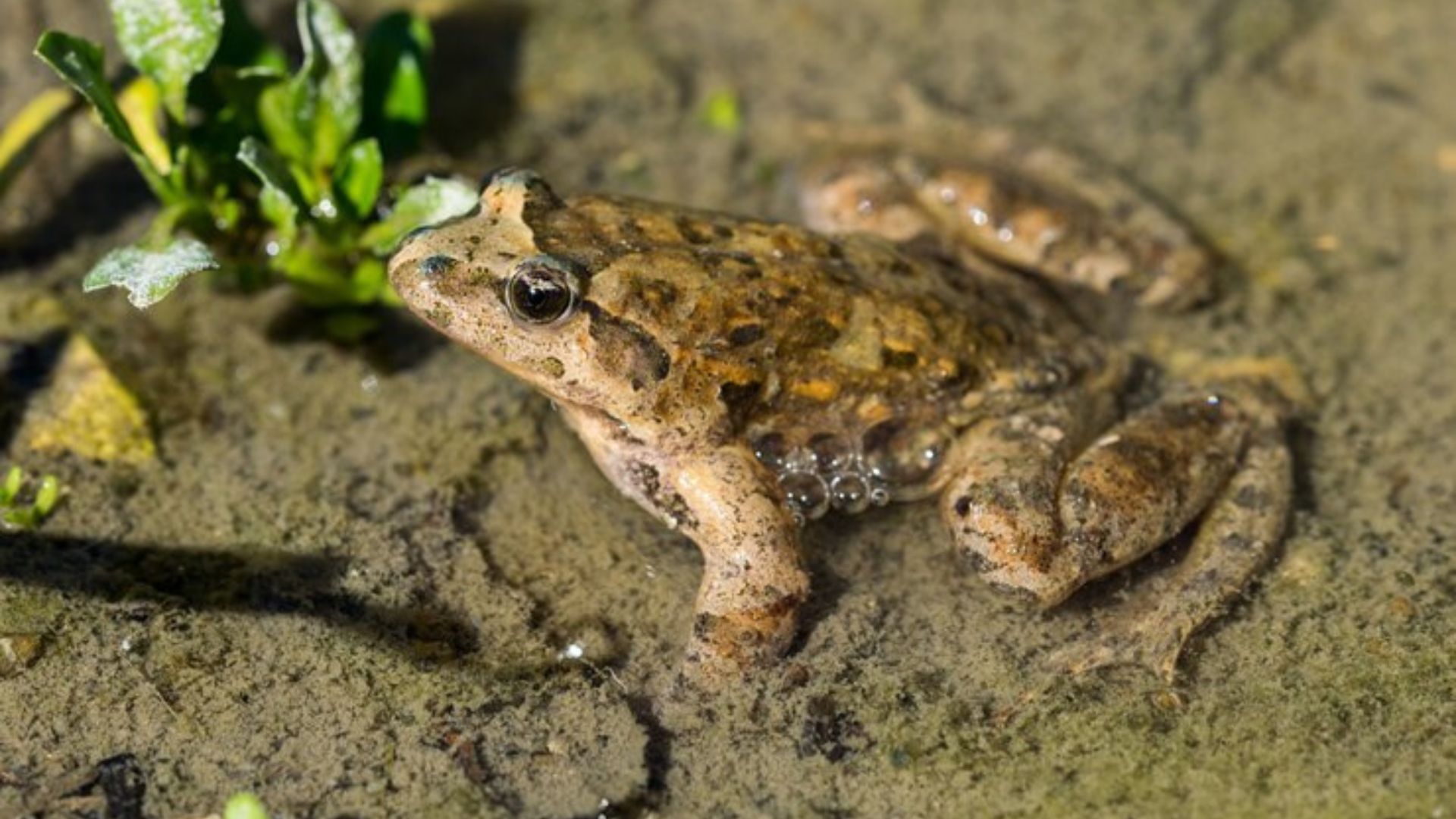The term “polywog” often evokes curiosity and wonder, especially among nature enthusiasts and children alike. These tiny creatures are the juvenile stage of frogs and toads, also known as tadpoles. Understanding the life cycle of polywogs is not just intriguing; it also provides insight into the fascinating world of amphibians. In this article, we will delve deep into the life cycle of polywogs, exploring their transformation from eggs to adult frogs and discussing their ecological significance.
What is a Polywog?
Polywogs, or tadpoles, are the larval stage of frogs and toads. They typically hatch from eggs laid in water, and their appearance is quite different from that of adult frogs. Polywogs are generally characterized by their elongated bodies, long tails, and lack of limbs. As they develop, they undergo significant physical changes, which make them one of the most interesting subjects in biology and ecology.
The Life Cycle of Polywogs
The life cycle of polywogs consists of several stages: egg, tadpole, metamorphosis, and adult frog. Let’s break down each stage for a better understanding.
Egg Stage
The life cycle begins when adult frogs lay their eggs in water, usually in the spring or early summer. Frogs can lay hundreds to thousands of eggs in a single clutch, which are often found in clusters or strings. These eggs are typically jelly-like, providing a protective environment for the developing embryos.
Conditions for Hatching
The eggs require specific conditions for successful hatching, including:
Temperature: Warm water accelerates development, while cold temperatures may delay hatching.
Oxygen: Adequate oxygen levels in the water are crucial for the embryos.
Predation: The presence of predators can affect egg survival rates.
Once the conditions are favorable, the eggs hatch into tadpoles, usually within a week to several weeks, depending on the species and environmental conditions.
Tadpole Stage
After hatching, polywogs emerge as tadpoles, characterized by their distinct features:
Body Structure: Tadpoles have a rounded body, a long tail, and external gills, allowing them to breathe underwater.
Diet: At this stage, they primarily feed on algae, plant matter, and detritus. Some species may even consume small organisms.
Growth and Development
As tadpoles grow, they undergo significant changes. They typically spend several weeks to months in this stage, depending on species and environmental conditions. Key developments include:
Growth of Hind Legs: The hind legs begin to sprout, followed by the front legs.
Tail Resorption: As the tadpoles mature, their tails gradually shorten, allowing for more efficient movement.
Metamorphosis
Metamorphosis is one of the most remarkable transformations in the animal kingdom. During this stage, polywogs undergo significant physiological changes to prepare for life on land:
Development of Lungs: Tadpoles transition from breathing through gills to developing lungs.
Resorption of Tail: The tail gradually shrinks and eventually disappears.
Changes in Diet: Adult frogs are typically carnivorous, feeding on insects and other small animals.
The duration of metamorphosis varies among species, lasting from a few weeks to several months. Once fully metamorphosed, the creatures emerge as juvenile frogs.
Adult Frog Stage
Upon completing metamorphosis, the juvenile frogs are ready to leave the water and venture onto land. They often remain near water sources for moisture and access to food. At this stage, they have fully developed limbs, a slender body, and lungs, enabling them to thrive in terrestrial environments.
Reproduction
As adults, frogs return to the water to mate and lay eggs, completing the life cycle. Depending on the species, frogs may breed annually or more frequently, contributing to the continuation of their life cycle.
The Importance of Polywogs in Ecosystems
Polywogs play a crucial role in their ecosystems. Their presence indicates a healthy aquatic environment and contributes to biodiversity. Here are some key ecological benefits:
Food Source: Polywogs serve as an important food source for various predators, including fish, birds, and small mammals.
Nutrient Recycling: As tadpoles feed on algae and detritus, they help maintain water quality and nutrient cycling within aquatic ecosystems.
Indicator Species: Frogs and their larval forms are considered indicator species, reflecting the health of their environment. A decline in polywog populations often signals ecological issues.
Conclusion
The life cycle of polywogs is a remarkable journey from egg to adult frog, showcasing nature’s incredible ability to adapt and transform. Understanding this process not only fosters appreciation for amphibians but also highlights the importance of conserving their habitats. As we continue to learn about these fascinating creatures, it becomes essential to protect their ecosystems, ensuring that future generations can witness the wonder of polywogs and the biodiversity they support.
ALSO READ:Discover The Fascinating Bigeye Houndshark: Habitat, Behavior, And Facts
FAQs
What is a polywog?
A polywog is the larval stage of frogs and toads, commonly known as a tadpole. They hatch from eggs laid in water and undergo a remarkable transformation into adult frogs.
How long do polywogs live?
Polywogs, or tadpoles, typically live for several weeks to months before undergoing metamorphosis, depending on the species and environmental conditions.
What do polywogs eat?
Polywogs primarily feed on algae, plant matter, and detritus during their tadpole stage. As they mature into adult frogs, they shift to a carnivorous diet, eating insects and other small animals.
Why are polywogs important to ecosystems?
Polywogs play a vital role in their ecosystems by serving as a food source for various predators, maintaining water quality, and acting as indicators of environmental health.
How can I help protect polywogs?
To protect polywogs and their habitats, you can avoid using pesticides in your garden, support local conservation efforts, and educate others about the importance of amphibians in ecosystems.
What is the difference between a tadpole and a polywog?
The term “polywog” is often used interchangeably with “tadpole,” but both refer to the same stage in the life cycle of frogs and toads. However, “tadpole” is the more commonly used term.

